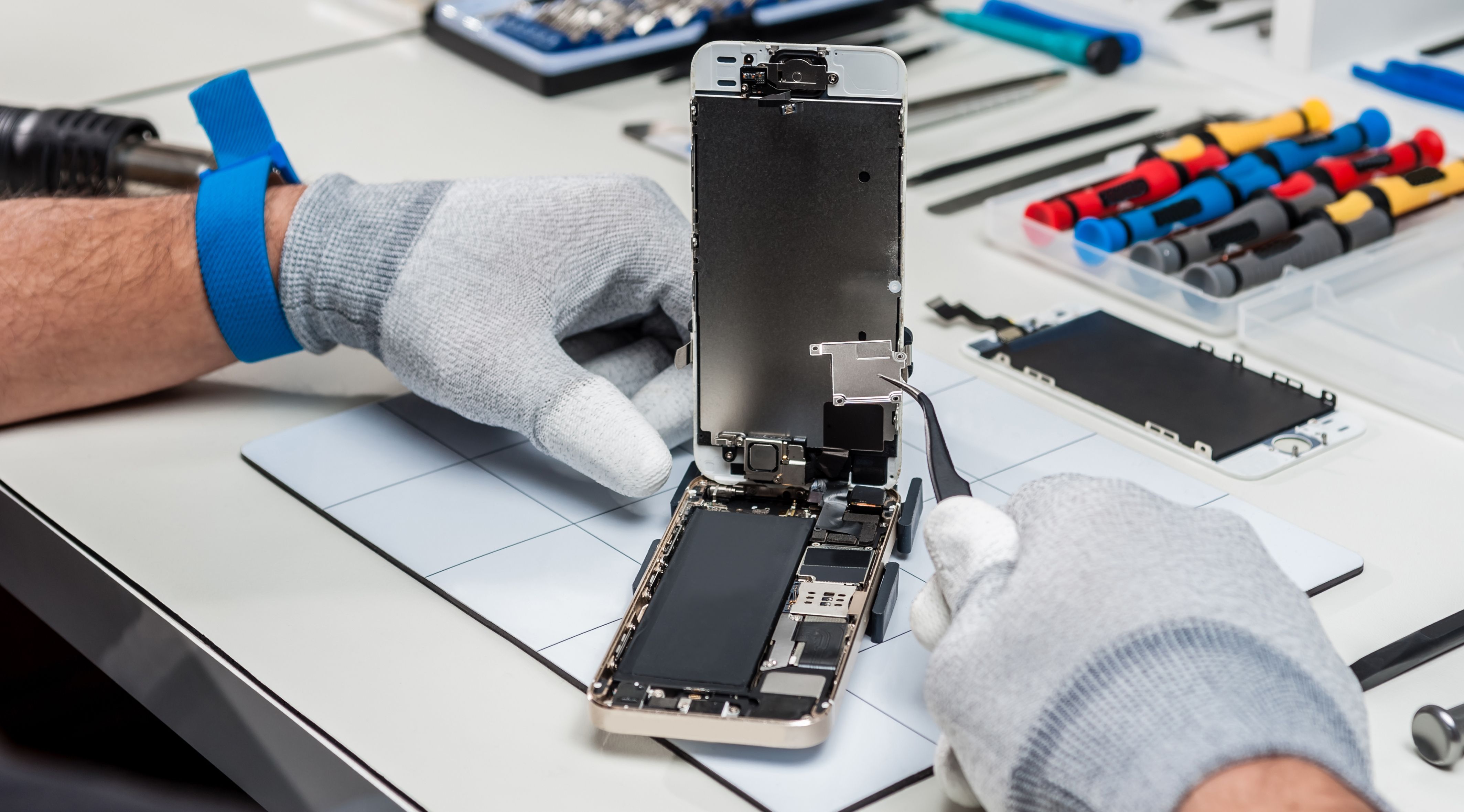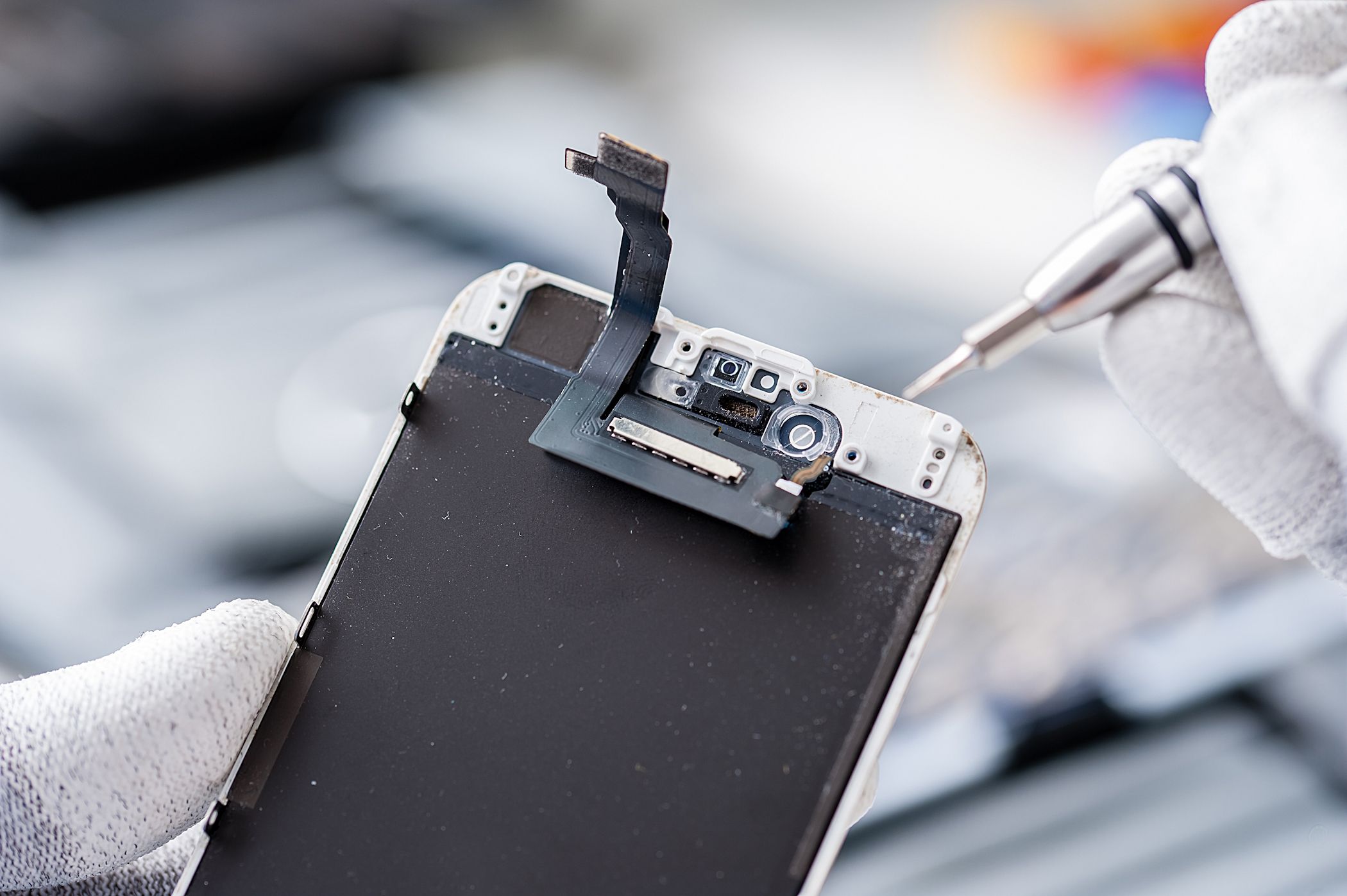Specs and cameras get all the hype. But if your phone breaks, none of that matters. Repairability is what keeps your device running—and your wallet intact. And it should always be a priority for you when looking for a new phone.
Less Frequent Upgrades Mean Greater Dependence on Support
An increasing number of people are choosing to keep their phone for longer, partly because the incentive to upgrade isn’t as obvious these days as it was a couple of years ago. Enthusiasts like you and me who keep track of tech news can easily list out a dozen reasons why the newer flagships outdo their predecessors, including new AI features, better cameras, and faster chips.
However, to the average person for whom a phone is ultimately a portal to their favorite apps, all these bells and whistles don’t mean much. If their phone still works as expected, what reason do they really have to get a new one and go through the hassle of setting up a new device all over again?
For them, what matters more is that the manufacturer will continue to deliver repair support for years to come, so they’re not forced to upgrade due to the unavailability of spare parts. If this sounds like you, Apple and Samsung are naturally the safest options, since other manufacturers tend to drop support after just three years.
Battery Replacement Is the Quickest Way to Extend Product Lifespan
The one thing we all want from our phones is good battery life, but since lithium-ion batteries degrade with time, the overall capacity you’re left with after two years of use starts to feel bothersome. And by the third year, it gets to a point where you might consider an upgrade.
That’s not necessary. If the rest of your phone still works fine, just getting the battery replaced will easily prolong your phone’s lifespan by about two years. The problem lies with the battery removal system, and how easy or difficult the manufacturer has made it for the device.
Unlike most manufacturers, Google still uses a very strong adhesive to secure the battery to the frame. This makes unmounting and replacing it much harder even with specialized tools, let alone by a complete beginner with basic tools. It also makes recycling the old battery harder because the technician will likely have to heat the battery to soften the adhesive, and heat damages the internal chemistry of lithium-ion batteries. That’s why it’s always recommended to keep the heat down in your device if you want to prolong battery health in a laptop or smartphone.
On the opposite end is Samsung, which got rid of adhesives entirely and now uses easy-to-peel sticky tabs. Once these tabs are peeled, the battery just pops right out. It’s the easiest battery removal I’ve ever seen on a modern mainstream phone. The repairability-focused Fairphone is even better and only requires taking the backplate off to get to the battery.
If you intend to use your phone for longer than three years, you’re inevitably going to have to get the battery replaced at some point, so it’s important to check how easy the battery removal process is. Even if you don’t DIY it and instead get the battery replaced via a technician, easy battery removal makes the whole process much faster and often cheaper.
Increased Modularity Makes Repairs Faster and Cheaper
Modular design means you only have to fix what’s broken, and nothing more. Compare that to older iPhones, where replacing a cracked back glass could cost hundreds of dollars because it’s glued directly to the chassis, requiring heat, solvent, or even laser tools to remove. Thankfully, Apple has refined the internal design for newer iPhones, so repairs are significantly easier and cheaper now.
With a more modular design, components are separate, so you only need to pay to replace what’s actually broken. That means lower repair costs, less downtime, and fewer headaches when something inevitably breaks. It’s efficient, cost-effective, and just plain smarter design.
How to Check the Repairability of a Phone
Companies make all sorts of claims about repairability to appear eco-conscious, but the only way you can know for sure is if you do your homework. Teardown videos on YouTube (like those from JerryRigEverything or PBKreviews) are great resources to see how easy or painful it is to open a device and swap parts.
iFixit’s repairability scores are another great benchmark, grading phones on factors like part availability, tool requirements, and modular design. And starting June 20, 2025, phones sold in the EU will include a repairability score right on the energy label, making it easier than ever to compare models at a glance. If long-term usability matters to you, these are must-checks before you buy.
Consider Going DIY for Simple Repairs Using iFixit Tutorials
Not every repair needs a trip to a service center. Sites like iFixit offer step-by-step guides that walk you through common fixes like replacing a battery or screen. If you’ve got a steady hand and a basic toolkit, DIY repairs can save serious money and extend your phone’s life.
Many phones just need a few screws and patience to get inside. Plus, iFixit often links to the exact parts and tools you’ll need, making the whole process far less intimidating. For simple issues, going DIY is smart, satisfying, and surprisingly doable.
No matter how strong the manufacturer’s claims about their phone’s durability, it’s not immune to damage, and certainly not to wear. If you intend to keep your phone for years to come, make sure that the company intends to offer support for it for just as long.









Leave a Comment
Your email address will not be published. Required fields are marked *